Geometry Worksheets for Middle School
When it comes to finding the right geometry worksheets for middle school students, having engaging and informative resources is essential. These worksheets provide students with a clear understanding of key geometric concepts and help them develop their problem-solving skills.
Table of Images 👆
More Other Worksheets
Kindergarten Worksheet My RoomSpanish Verb Worksheets
Cooking Vocabulary Worksheet
DNA Code Worksheet
Meiosis Worksheet Answer Key
Art Handouts and Worksheets
7 Elements of Art Worksheets
All Amendment Worksheet
Symmetry Art Worksheets
Daily Meal Planning Worksheet
What are the different types of angles?
There are four main types of angles: acute angles measure between 0 and 90 degrees, right angles measure exactly 90 degrees, obtuse angles measure between 90 and 180 degrees, and straight angles measure exactly 180 degrees.
What is the formula for calculating the area of a triangle?
The formula for calculating the area of a triangle is A = 1/2 x Base x Height, where A represents the area, the Base represents the length of the triangle's base, and the Height represents the perpendicular height from the base to the opposite vertex.
What is the Pythagorean Theorem?
The Pythagorean Theorem is a fundamental principle in geometry that states: in a right-angled triangle, the square of the length of the hypotenuse (the side opposite the right angle) is equal to the sum of the squares of the lengths of the other two sides. Mathematically, it can be expressed as a² + b² = c², where c is the length of the hypotenuse, and a and b are the lengths of the other two sides.
Describe the properties of a parallelogram.
A parallelogram is a four-sided polygon with opposite sides that are parallel and equal in length. Additionally, opposite angles are also equal in measure, and consecutive angles are supplementary, adding up to 180 degrees. The diagonals of a parallelogram bisect each other, meaning they intersect at their midpoints. Together, these properties make a parallelogram a unique geometric shape with symmetrical and proportional characteristics.
What is the difference between a circle and a sphere?
A circle is a two-dimensional shape that consists of all the points equidistant from a central point, commonly found on a flat surface. On the other hand, a sphere is a three-dimensional shape that consists of all the points equidistant from a central point in space, forming a round solid shape. In essence, a circle is flat and two-dimensional, while a sphere is three-dimensional and solid.
Explain how to find the circumference of a circle.
The circumference of a circle can be found using the formula C = 2?r, where C is the circumference, ? is a constant approximately equal to 3.14, and r is the radius of the circle. To find the circumference, simply multiply 2 by ? and then multiply that result by the radius of the circle. Remember to use the correct units for the radius (e.g., centimeters, inches) to ensure the circumference is in the appropriate units.
Describe the characteristics of a regular polygon.
A regular polygon is a shape with equal sides and equal angles. This means that all sides are the same length and all angles are congruent. Regular polygons also have straight sides and vertices that are evenly spaced around a central point. The number of sides in a regular polygon determines its name, for example, a regular triangle has three sides, a regular square has four sides, and so on.
How do you calculate the volume of a rectangular prism?
To calculate the volume of a rectangular prism, you multiply the length, width, and height of the prism together. The formula for the volume of a rectangular prism is V = l * w * h, where V represents the volume, l is the length, w is the width, and h is the height of the prism. Simply plug in the measurements for the length, width, and height into the formula to find the volume of the rectangular prism.
What is the formula for the perimeter of a rectangle?
The formula for the perimeter of a rectangle is 2 times the sum of the length and width, which can be expressed as P = 2(l + w), where P is the perimeter, l is the length, and w is the width of the rectangle.
Describe the relationship between the radius, diameter, and circumference of a circle.
The radius is the distance from the center of a circle to any point on its circumference. The diameter is a line segment passing through the center and connecting two points on the circumference, equal to twice the radius. The circumference is the distance around the circle, which is calculated as pi times the diameter or 2 times pi times the radius. So, the radius is half of the diameter, and the circumference is directly proportional to the diameter (or radius) by the constant factor of pi.
Have something to share?
Who is Worksheeto?
At Worksheeto, we are committed to delivering an extensive and varied portfolio of superior quality worksheets, designed to address the educational demands of students, educators, and parents.

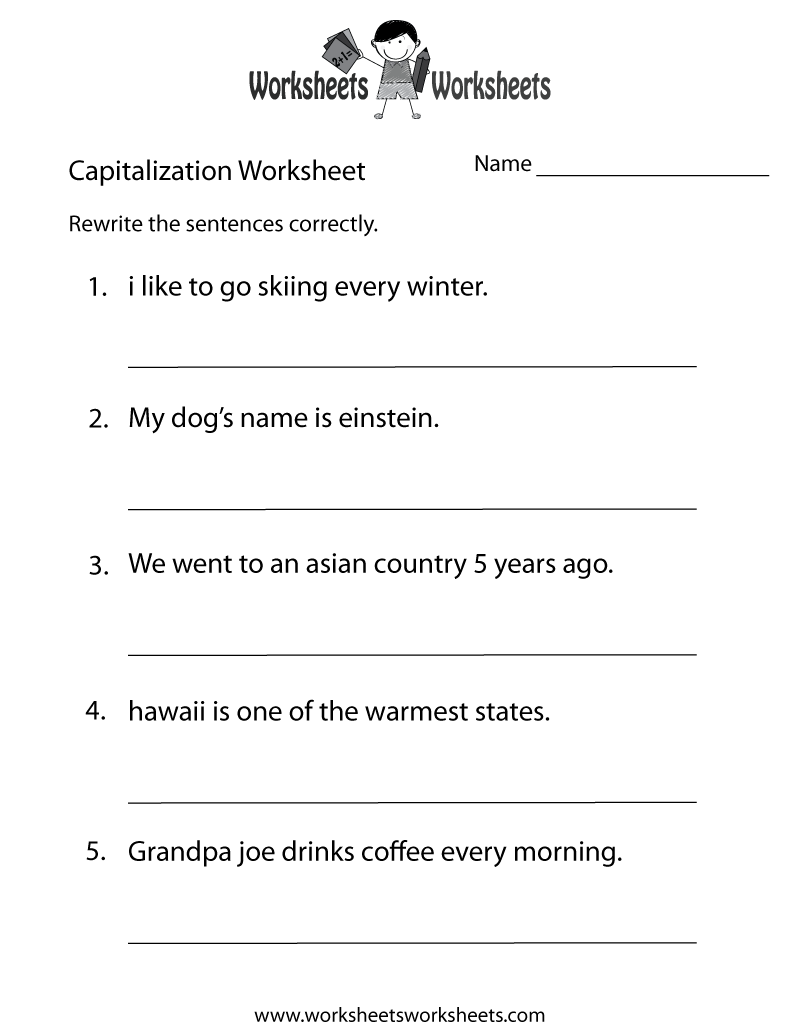



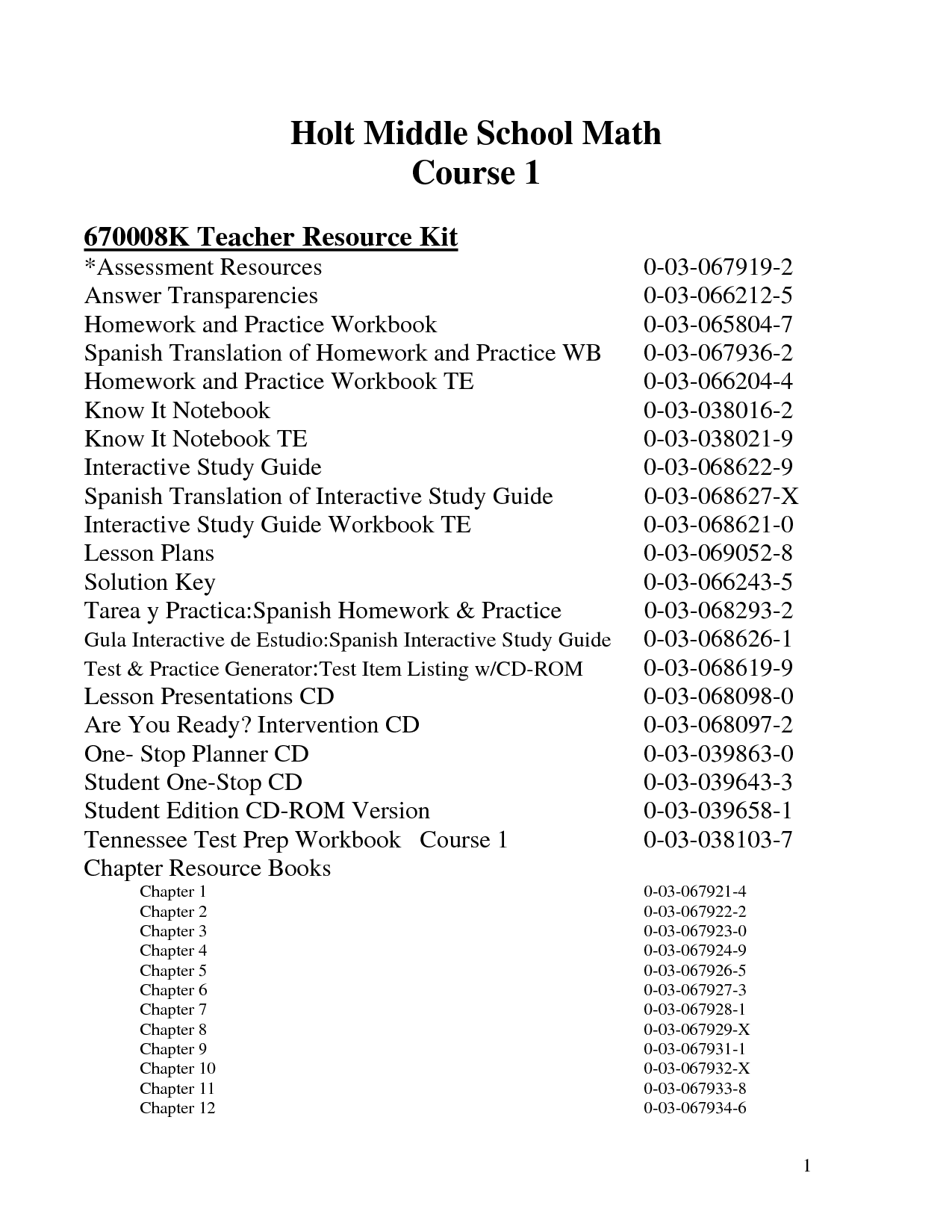
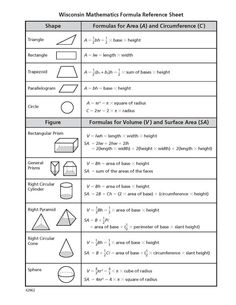
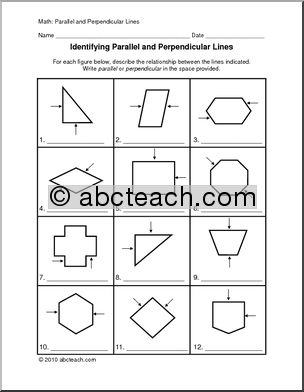
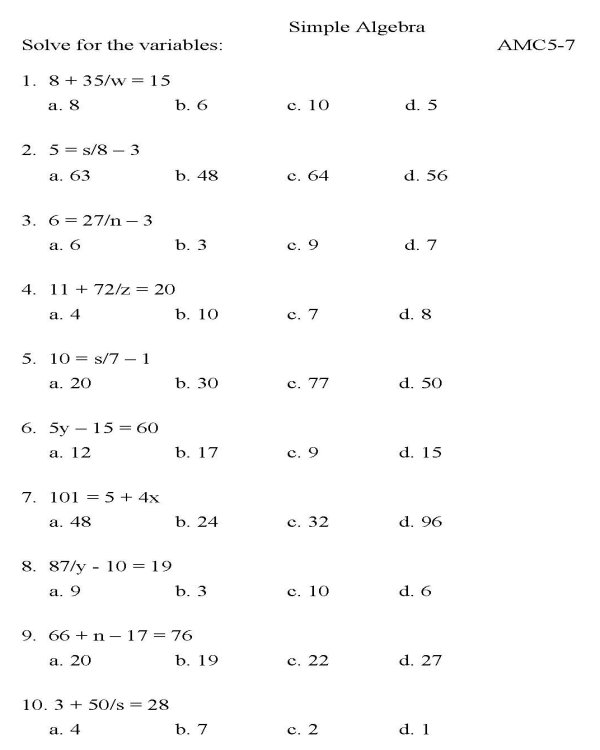

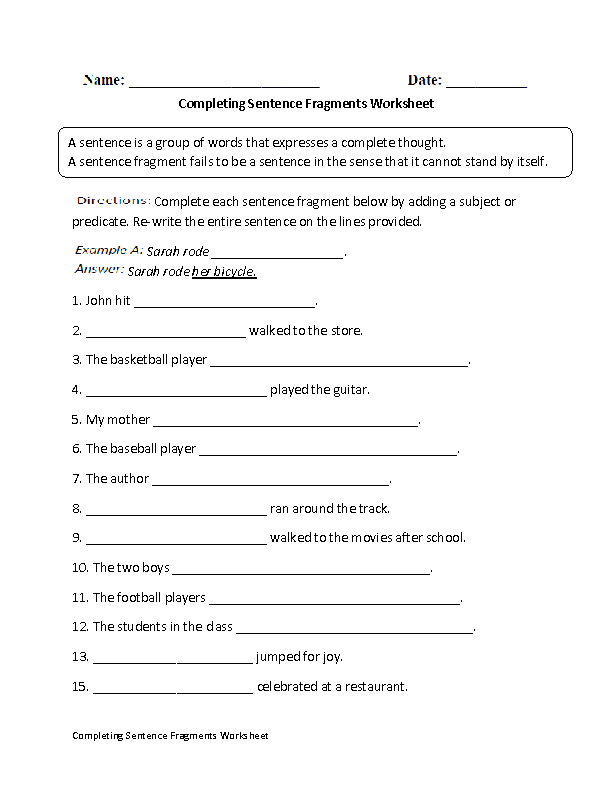
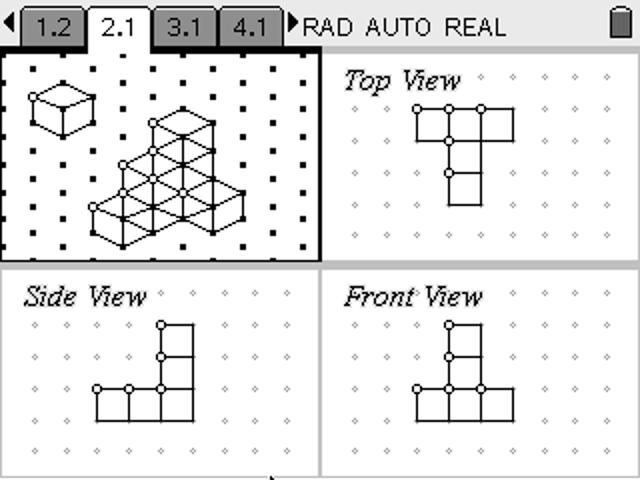














Comments